Birds are fascinating creatures, and their reproduction process is no exception. They have evolved unique and intriguing ways to bring new life into the world.
So, how do birds reproduce? They lay eggs that are fertilized by the male bird inside a female bird and then incubated by the female.
The eggs hatch after a certain period of time, and the chicks are born.
However, in this article, we will delve more into how birds reproduce and take a closer look to discover the many ways in which birds reproduce. Ok, let’s dive in.
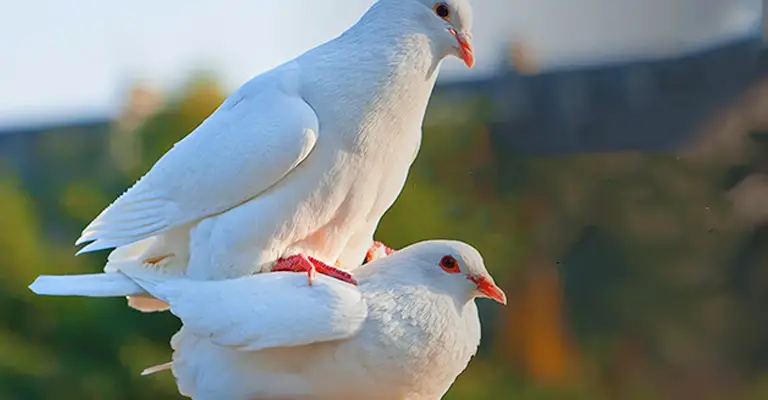
How Do Birds Reproduce?
Birds have a unique way of reproducing, beginning with courtship rituals. This is how it happens,
- Male birds will often display their colourful plumage or perform elaborate dances to attract a mate.
- Once a female bird is impressed, the pair will copulate, with the male bird mounting upon the female.
- The male bird has a unique reproductive organ called a cloaca. This is used to transfer sperm to the female’s reproductive tract by rubbing the cloaca against the female’s sexual organ.
- The female bird also has a cloaca used to lay eggs.
- After the internal fertilization process, the egg matures into a hard shell, and the bird will lay her eggs in a nest.
- The nest can be made of twigs, grass, or other materials and is usually built by the female bird.
- The eggs are then incubated by the female bird, who will keep them warm with her body heat.
- After a certain period of time, the eggs hatch, and the chicks are born.
- The chicks are born with a coat of downy feathers and cannot fly.
- They will be fed and cared for by both parents until they are old enough to leave the nest and fend for themselves.
Different Ways Birds Reproduce
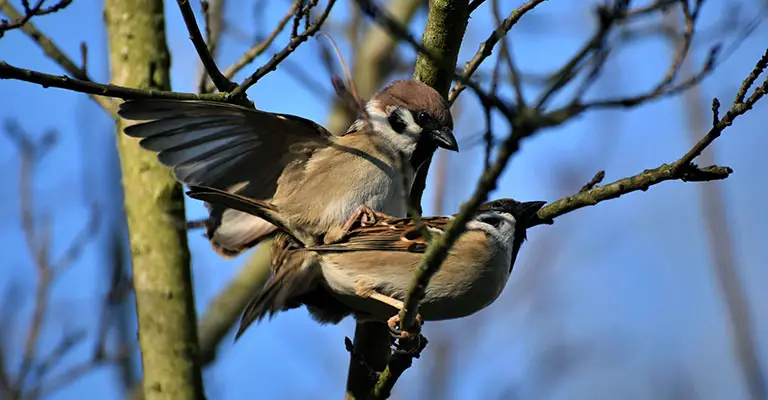
Birds reproduce in several ways, and this is dependent on the species.
Monogamous Pair Bonding
Many bird species form monogamous pairs, an example is the pigeons and penguins. Here, both parents share the responsibilities of building the nest, incubating the eggs, and raising the young.
Polygamous Mating
Some bird species, such as peacocks, sage grouse, and roosters, engage in polygamous mating. Whereby a single male will mate with multiple females.
Cooperative Breeding
This is where a group of birds works together to raise the young. The African straw-necked ibis is an example of a bird that engages in cooperative breeding.
Brood/Nest parasitism
Some bird species, such as the cuckoo, lay their eggs in the nests of other bird species, leaving the unfamiliar host to raise the young.
Egg Dumping
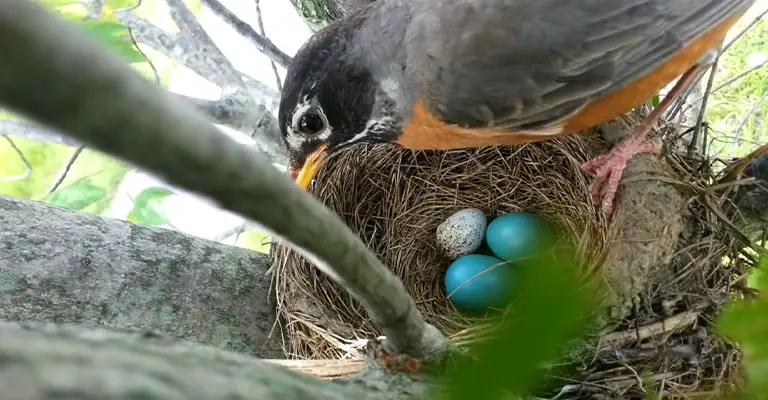
Here the birds lay their eggs in the nests of other birds and leave, leaving the eggs to be cared for by the host. Some bird species, such as Wilson’s phalarope, are known for this kind of behavior
Can Birds Reproduce Without Mating?
One of the most intriguing aspects of birds is their ability to lay eggs or reproduce without mating. This process is known as asexual reproduction (parthenogenesis), and it is a rare phenomenon that occurs in only a few bird species.
Examples Of Asexual Reproducing Birds
The California condor is one example of a bird that can lay eggs without mating. Another bird species that can reproduce asexually is the turkey. These birds can produce eggs and chicks that are genetically identical to themselves without needing a male partner.
Benefits Of Asexual Reproduction
Asexual reproduction is a rare and unusual phenomenon in birds, but it is not without its benefits. For example, it allows a bird species to quickly repopulate an area that has been affected by habitat loss or other environmental changes.
It also allows a bird to reproduce even if no males of the same species are nearby. Despite the benefits of asexual reproduction, it is not common in birds. Most birds still rely on mating to produce eggs and chicks.
How Often Does A Bird Reproduce
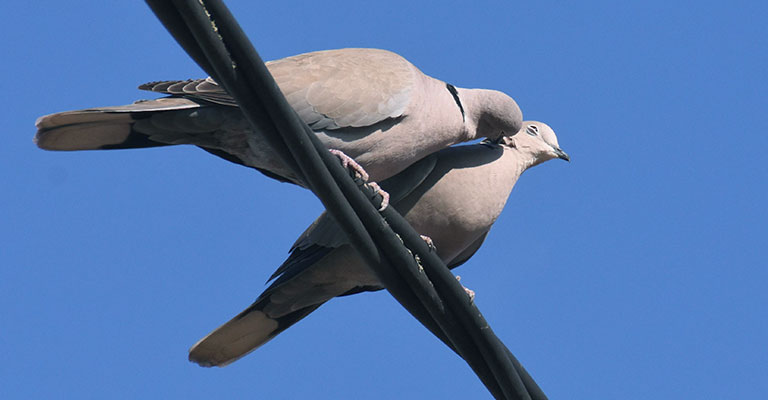
The reproduction frequency of birds varies greatly depending on the species. Some birds, such as the albatross, reproduce once every two years.
Pigeons and the house sparrow may reproduce multiple times per year. While others, like eagles, may only reproduce once per year.
In addition, factors that can influence a bird’s reproduction frequency include the availability of food, mating opportunities, and the bird’s overall health.
Factors That Affect The Reproduction Of Birds
Several factors affect how birds reproduce in each breeding season. These factors include:
Climate
Climate can affect birds’ reproduction through its impact on food availability. Birds that live in regions with milder climates and abundant food sources may have a better chance of reproducing than those that live in harsher regions.
Climate can also affect birds through its impact on nesting sites. For example, birds that nest in trees may struggle to reproduce if the weather is too dry. These conditions can lead to a decline in the number of trees available for nesting (deforestation).
Similarly, birds that nest on the ground may struggle to reproduce if the weather is too wet. Because these conditions can make it difficult for them to build nests or find suitable nesting sites.
Age
Age can have a significant impact on the reproduction of birds. Young birds are generally less experienced and less successful at reproducing than older birds.
This is because young birds are less likely to have developed the necessary skills and knowledge to find a mate, build a nest, and successfully raise a young.
Genetics
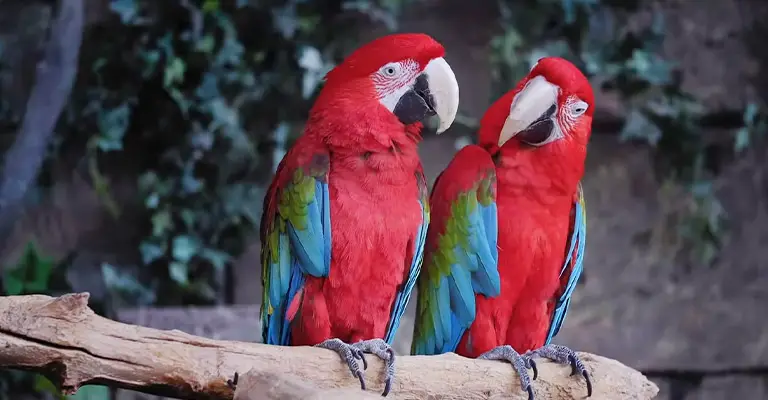
One major factor that affects bird reproduction is genetics. Birds with certain genetic traits may be more successful at reproducing than others.
For example, birds that have bright, colourful plumage may be more attractive to potential mates and, thus, more likely to reproduce. Similarly, birds with larger body sizes may better survive and reproduce in harsher conditions.
Predators
The presence of predators can cause birds to alter their nesting and mating behaviours, which can decrease their reproductive success.
For example, birds may avoid nesting in areas where predators are common or alter the timing of nesting to avoid predator-rich periods.
Additionally, birds may reduce the number of eggs they lay or the number of broods they have in a season if they perceive a high predation risk.
Light cycles
This factor can affect the reproduction of birds in a variety of ways. The length of daylight hours, or photoperiod, is a major cue for many birds to initiate breeding behaviour.
Birds that breed during the spring and summer, for example, typically respond to the increasing daylight hours by building nests and laying eggs.
Similarly, birds that breed during the fall and winter typically respond to the decreasing daylight hours by initiating breeding behaviour.
In addition, artificial light sources can also disrupt the natural light cycles of birds. This can lead to changes in breeding behaviour and reproductive success.
Conclusion
In this article, we’ve successfully discussed how birds reproduce and the different ways they reproduce. Also, how often do they reproduce and what factors affect their reproduction success?
It’s important to note that the species of each bird plays a big role in their reproduction process.
Again, each bird’s reproduction comes in unique ways as the feathered creatures themselves. Thus, the avian world is a diverse and fascinating place when it comes to reproduction.